3D Aerospace: developing precision mapping
Maps that are updated in real time are particularly useful tools for taking into account regular changes in a geographical area. The start-up 3D Aerospace proposes solutions with multiple applications, from driverless cars to vineyard management.
The map applications we use every day are capable of an accuracy of within a few meters, which is enough for us to find our way around. However, driverless cars need to navigate using maps with an accuracy of about twenty centimeters, which means that our maps are not adapted to the needs of these machines.
3D Aerospace – which will be present at VivaTech 2022 – is a start-up created in 2018 and incubated at IMT Mines Albi that is developing a real-time mapping solution to resolve this problem. The solution is designed to create 3D maps of the environment in which a vehicle is located. The system’s hardware is “composed of a box equipped with seven cameras and a high-precision GNSS GPS antenna, which is placed on the outside of a car or bus, for example,” says Benjamin Kawak, CEO of 3D Aerospace. “360-degree visual information is recorded and then sent to the cloud,” he explains.
Once stored in the cloud, the images are processed by algorithms that produce a 3D digital twin of the location. Whenever a vehicle equipped with the device moves on a previously mapped street, the 3D map is updated using the most recently collected user images.
“The system is based on an initial layer from OpenStreetMap and adds layers each time the vehicle passes in order to obtain an increasingly precise map,” explains Benjamin Kawak. The system also offers advantages for sectors other than transport. 3D Aerospace is developing a version specifically dedicated to monitoring wine production: DeVines.
A diagnostic tool for wine production
DeVines operates using an intelligent detection system for grape clusters and vines. The cameras are attached to a tractor that travels through the vineyard to film the vines and grapes. Like in the previous system, the images are sent to the cloud and processed to form a map, not of the city this time but of the vineyard. Using the collected images, the system detects vine diseases based on data it has been supplied with beforehand.
“In the cloud, automatic post-processing algorithms detect diseases, missing vines or the number of clusters per vine.” In the case of dehydrated plants, the system uses the color contrast between the vines to determine which ones are healthy or diseased. The user can give their opinion on the diagnosis made by the application. For example, they can refute or confirm the presence of diseases and, in the latter case, specify the nature of the pathology so that it can be recognized next time around.
Today, winemakers visualize their plots in a global manner. The advantage of DeVines is that it “allows variations within a single plot to be visualized,” explains 3D Aerospace’s CEO. Currently, winemakers can only estimate the yield of their plots by manually counting samples and extrapolating the results to gain an idea of the yield of the whole plot. With DeVines, they will be able to assess the productivity of a specific vine based on the number of grape clusters counted automatically by the system. They will also be able to target less productive areas and identify the exact number of vines that need to be changed, allowing winemakers to purchase the correct number of plants and avoid unnecessary expenditure.
Multiple perspectives
3D Aerospace also has potential in other sectors. “We have been contacted, for example, by construction companies and insurance groups to estimate risks.” There are numerous application sectors for 3D Aerospace’s solutions, but for the time being the start-up wants to focus on DeVines. Ultimately, “the aim would be to have an ambassador for each major wine region and encourage collaboration with our ambassadors and our technology,” says Benjamin Kawak.
Rémy Fauvel

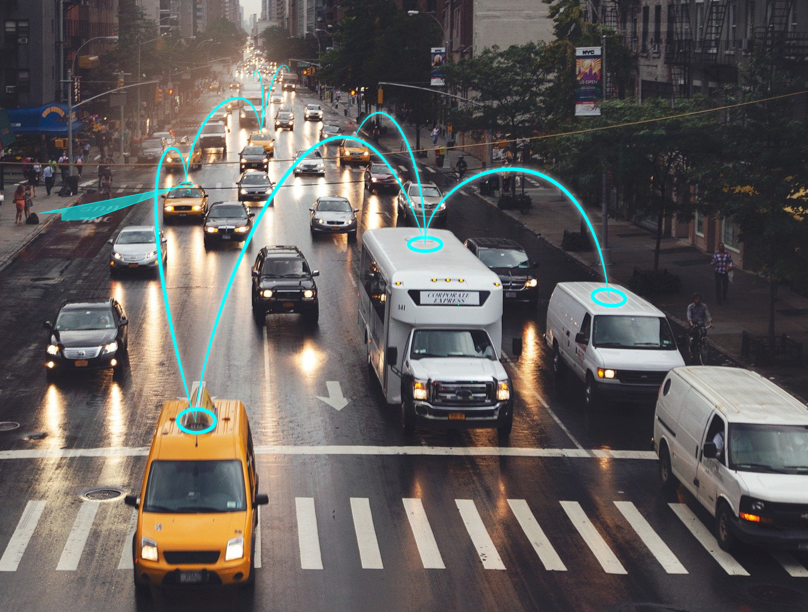

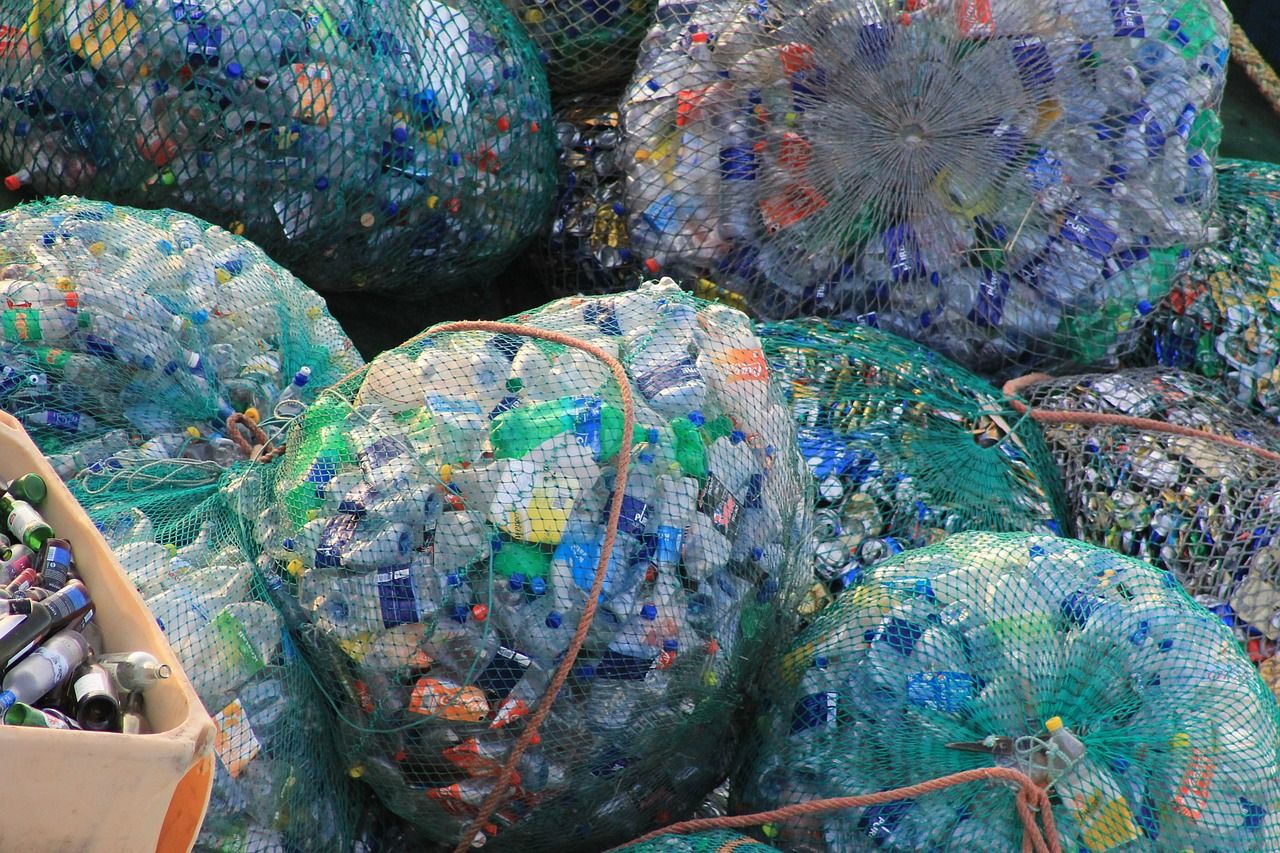
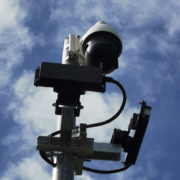
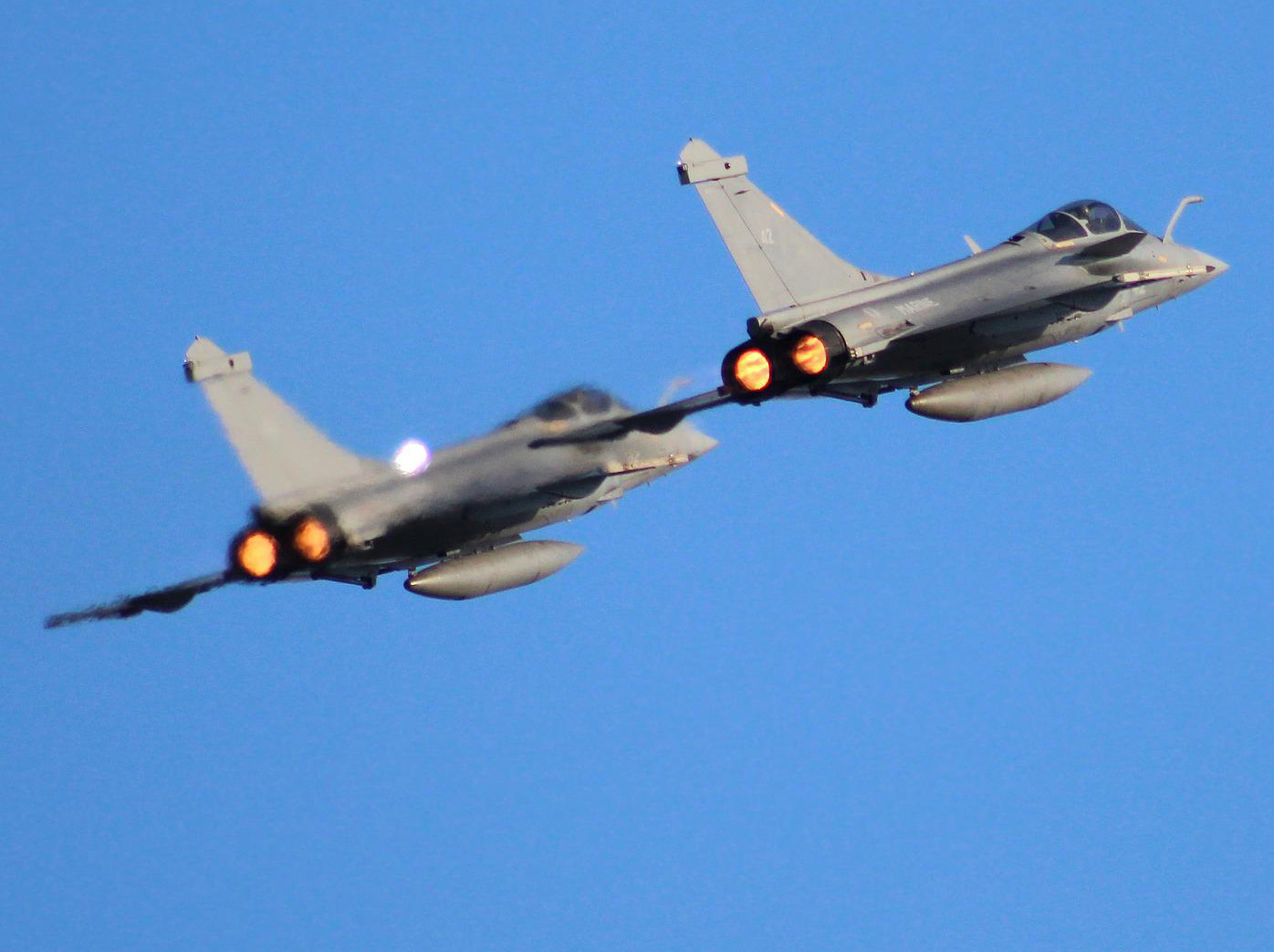
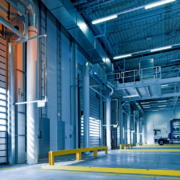
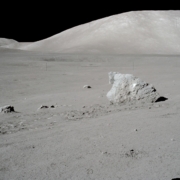
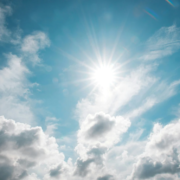


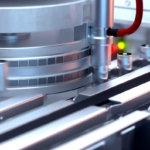

Leave a Reply
Want to join the discussion?Feel free to contribute!